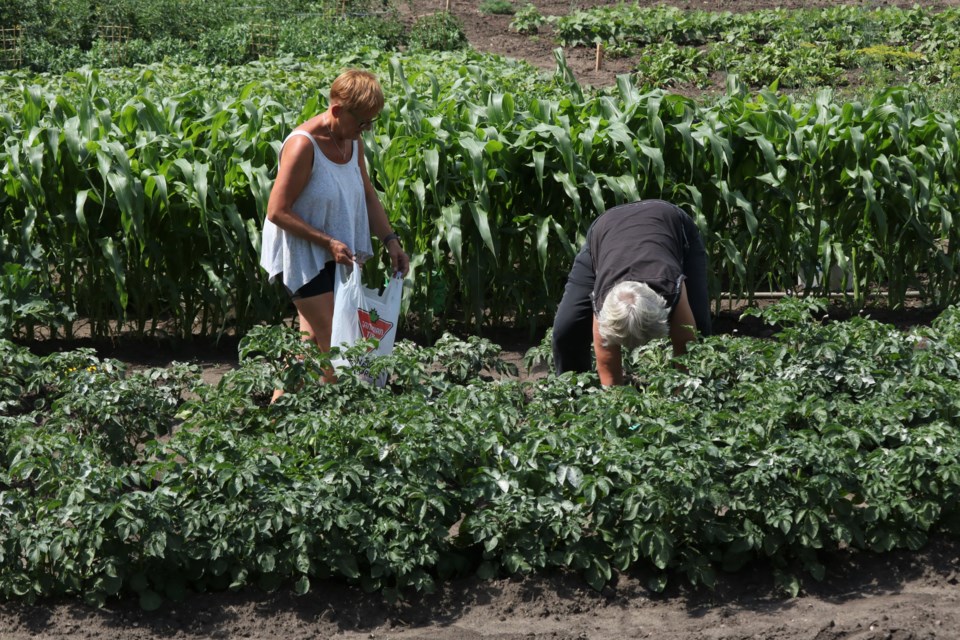YORKTON - A cheerful friend, who takes a keen interest in what’s happening in the world, presented an interesting question to me during a recent conversation. Can we use sawdust as mulch in our soil?
Good question, Andy! And since I know practically nothing about this idea, I did some gardening homework; make a cup of tea and let’s sit down and learn together!
First, can we use sawdust (or wood shavings) as mulch? Yes. It is natural and seems like a good idea to return it to the soil. It is acidic, so if we are growing blueberries or azaleas, they will be happy little plants to have sawdust mulch.
But…Here comes the issue. There are certain problems with using sawdust as mulch. One of the first is that it is not ‘fluffy’ like using leaves. I use that word because by its very nature, sawdust is ‘hard’ and does not crumble easily into the soil. If it is not worked into our soil properly, (for example, if we just scatter it on top of the soil) it can compact and kind of cement together into a hard layer, and this might not allow moisture to go through easily to the soil.
The second concern with sawdust mulch is that it requires nitrogen to break down. So rather than add benefits to the soil, it is drawing out an important nutrient. I read that if we truly wanted to use sawdust as a mulch, it can be done, but we would have to add nitrogen at the same time as the sawdust (at a ratio of approximately one pound for every 50 pounds of sawdust). The mulch should not be deeper than an inch and a half on the surface of the soil, and we should be very careful that it is not placed near the branches of shrubs or tree-trunks.
The mulch can hold in too much moisture, causing issues of rot or fungus with our plants. Some wood sawdust can release toxic substances into the soil, and because of this, we shouldn’t use it near edible plants.
One article I read said that sometimes people may notice that their plants are struggling after the sawdust mulch, but guess why? Nitrogen is very important to the health of a plant, beginning at the roots, and if the mulch is pulling out the nitrogen in order to decompose, it is pulling out the nitrogen that supports the health of our plants. If we start to see the leaves of the plants turn yellow, or begin to see that the growth of the plant is slower than it should be,
the sawdust mulch could be the culprit.
If we can age or rot the sawdust for several months before using it, then it would break down that much easier in our soil. I guess the question is, do we think it is helpful or not?
Hhmm. Yes, it is natural and yes, it would be returning to the earth.
Sort of.
But it is not returning in a natural way. If a tree falls in a forest, it eventually rots on its own, above ground, thanks to the changing seasons and the elements. While it is doing so, it provides many benefits like shelter for animals and insects of all kinds, and homes for new vegetation like mosses and lichens. Sawdust is natural product, but not a natural form of the tree. It would be like taking a pile of two-by-fours and burying them in our gardens.
Yes, they’re natural…but altered into a different form, one that is not so “garden-friendly”.
So, in closing, if a gardener had access to a lot of sawdust, it might be a workable mulch solution, but proper caution and application would be needed to make it garden-friendly.
Thank you to our friends at YTW for their great work. Visit the hort society at www.yorktonhort.ca and have a great week!





